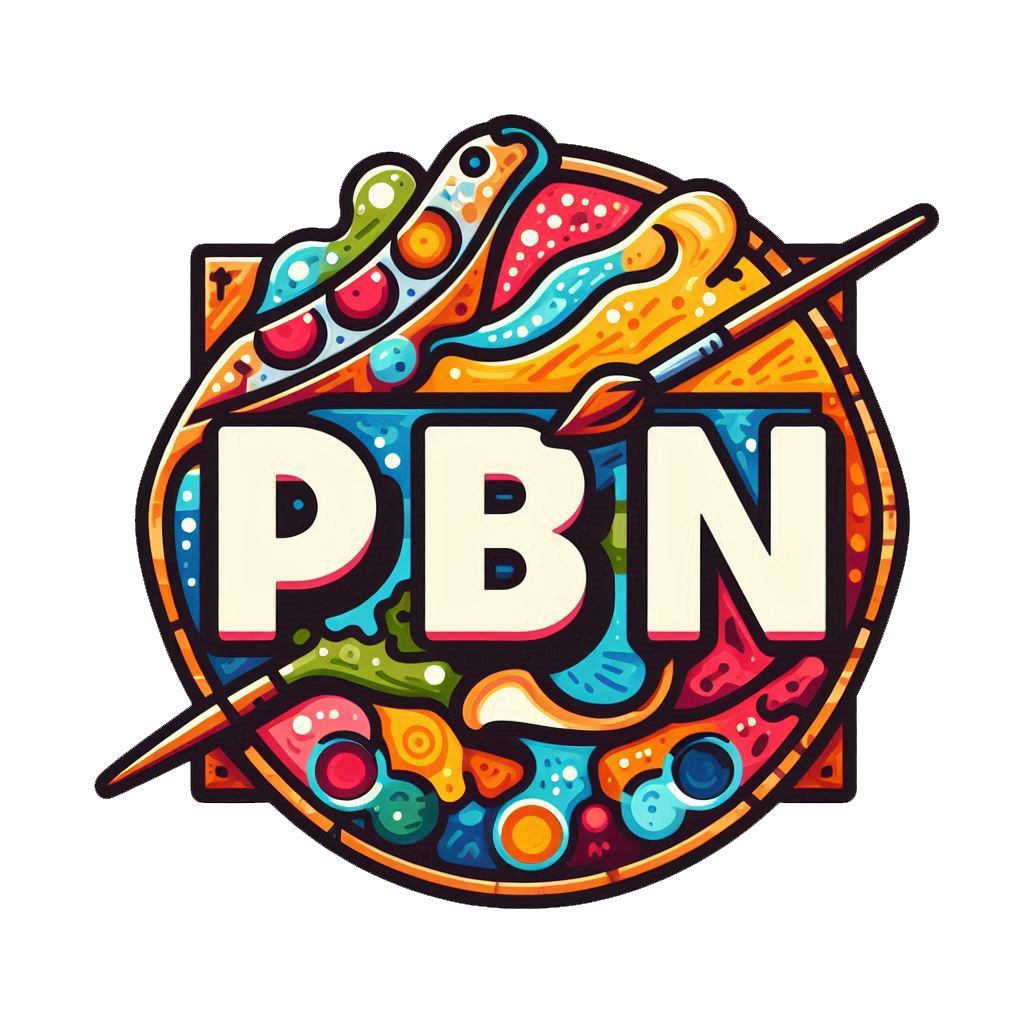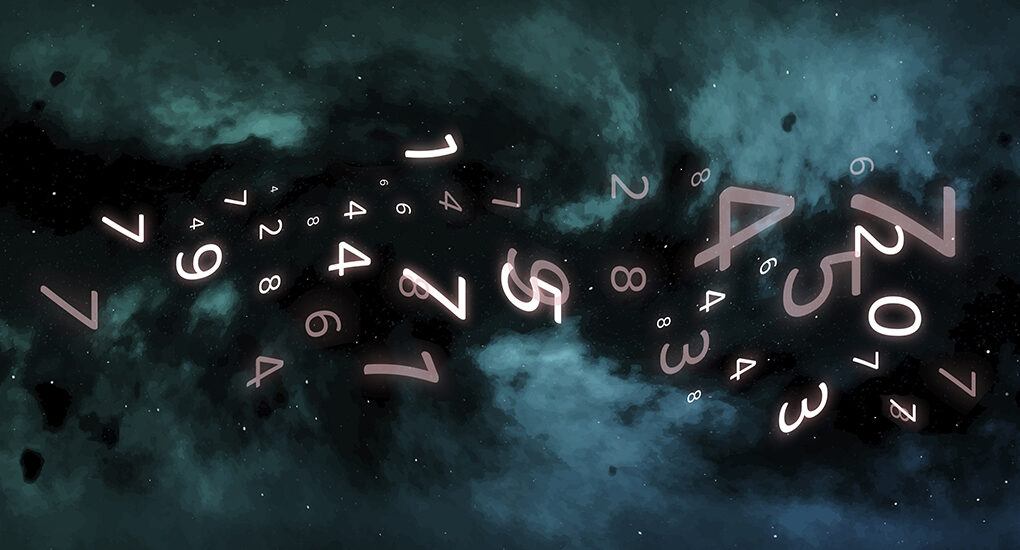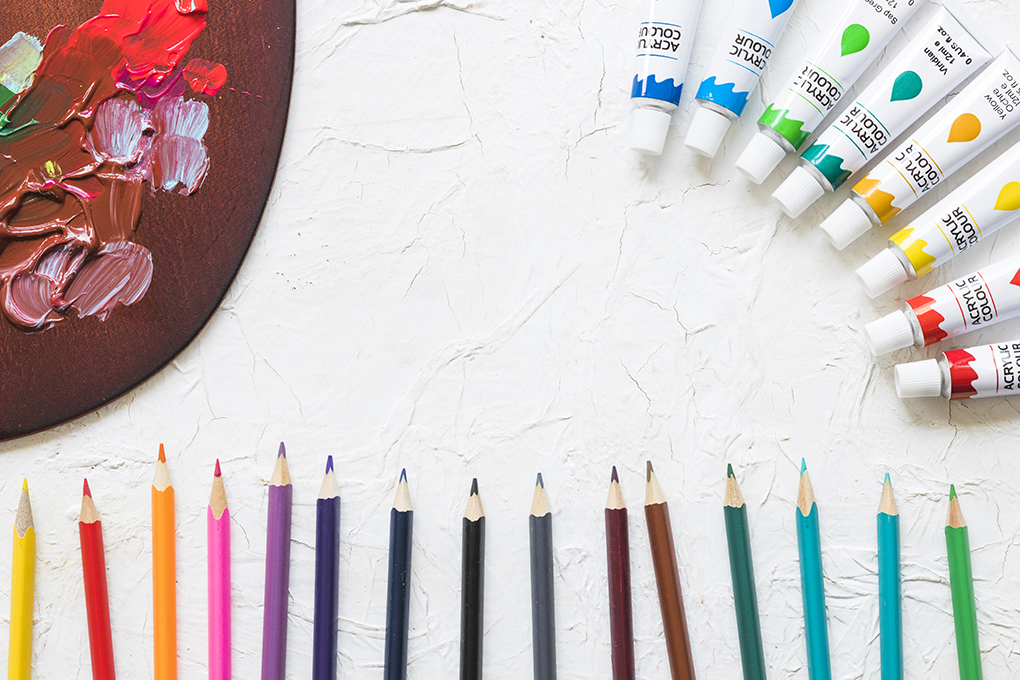At first glance, art and mathematics may seem like two opposing forces—one governed by emotion and creativity, the other by logic and precision. However, a closer examination reveals that these two disciplines are more intertwined than one might expect. From the proportions of the Parthenon to the fractals of modern digital art, numbers have played a crucial role in shaping the visual world around us. This article explores the fascinating relationship between art and numbers, highlighting how mathematical principles have influenced artistic creation throughout history.
The Golden Ratio: A Timeless Aesthetic
One of the most famous intersections of art and mathematics is the Golden Ratio, a mathematical proportion often found in nature and art. The Golden Ratio, approximately 1.618, is considered aesthetically pleasing and has been used by artists and architects for centuries to create harmonious compositions.
The Parthenon in Athens is one of the most well-known examples of the Golden Ratio in architecture. The proportions of its façade adhere closely to this ratio, lending the structure a sense of balance and beauty. Renaissance artists like Leonardo da Vinci also employed the Golden Ratio in their work, most notably in the composition of “The Last Supper” and “Vitruvian Man.” By applying this mathematical principle, these artists were able to create works that are not only visually appealing but also deeply resonant on a subconscious level.
Geometry in Art: The Foundation of Form
Geometry, another branch of mathematics, has had a profound influence on art, particularly in the realm of abstract and modern art. Artists like Piet Mondrian and Kazimir Malevich used geometric shapes and mathematical principles to explore the purity of form and color. Mondrian’s famous grid paintings, with their precise, intersecting lines and blocks of primary colors, exemplify the use of geometry to create a sense of order and harmony.
Islamic art, too, is a testament to the power of geometry in artistic expression. Due to religious prohibitions against depicting human figures, Islamic artists turned to complex geometric patterns, known as tessellations, to decorate their mosques and manuscripts. These intricate designs, which often feature repeating polygons and stars, are based on mathematical principles and showcase the artists’ deep understanding of geometry.
Perspective: The Art of Mathematical Illusion
The development of linear perspective during the Renaissance marked a significant moment in the relationship between art and mathematics. Artists like Filippo Brunelleschi and Leon Battista Alberti used mathematical principles to create the illusion of depth on a flat surface, revolutionizing the way space was represented in art.
Linear perspective relies on the concept of a vanishing point, where parallel lines appear to converge in the distance. By calculating the correct angles and proportions, artists were able to create realistic depictions of three-dimensional space, allowing viewers to experience a new level of realism in art. This technique became a cornerstone of Western art, influencing countless artists from the Renaissance to the present day.
Fractals: The Intersection of Art and Chaos Theory
In the 20th century, the advent of computers introduced a new way of exploring the relationship between art and mathematics through fractals. Fractals are complex geometric shapes that can be split into parts, each of which is a reduced-scale copy of the whole, a property known as self-similarity. These patterns are found in nature, from the branching of trees to the formation of snowflakes, and have been harnessed by artists to create mesmerizing visual effects.
Digital artists use algorithms based on fractal mathematics to generate intricate and often surreal patterns that would be impossible to create by hand. These fractal images, with their infinite complexity and stunning symmetry, illustrate the deep connection between mathematical chaos and artistic beauty.
Paint by Numbers: A Marriage of Art and Mathematics
The paint by numbers phenomenon is a perfect example of how art and numbers can come together to democratize creativity. By breaking down a complex image into numbered sections corresponding to specific colors, anyone can create a detailed and beautiful painting without prior artistic experience. This method relies on mathematical precision to guide the artist, turning a potentially overwhelming creative process into an accessible and enjoyable activity.
The popularity of paint by numbers underscores the idea that art and mathematics can coexist harmoniously, allowing people to engage with both disciplines in a way that is fulfilling and rewarding. This approach not only fosters creativity but also introduces participants to the underlying mathematical structure that can be found in art.
Conclusion
The relationship between art and numbers is a rich and multifaceted one, revealing the hidden mathematical structures that underpin many of the world’s greatest artworks. From the Golden Ratio to fractals, mathematical principles have guided artists in their quest to create beauty, order, and harmony. As we continue to explore the intersections of these two disciplines, we gain a deeper appreciation for the ways in which art and numbers complement and enhance one another, proving that creativity and mathematics are not so different after all.




